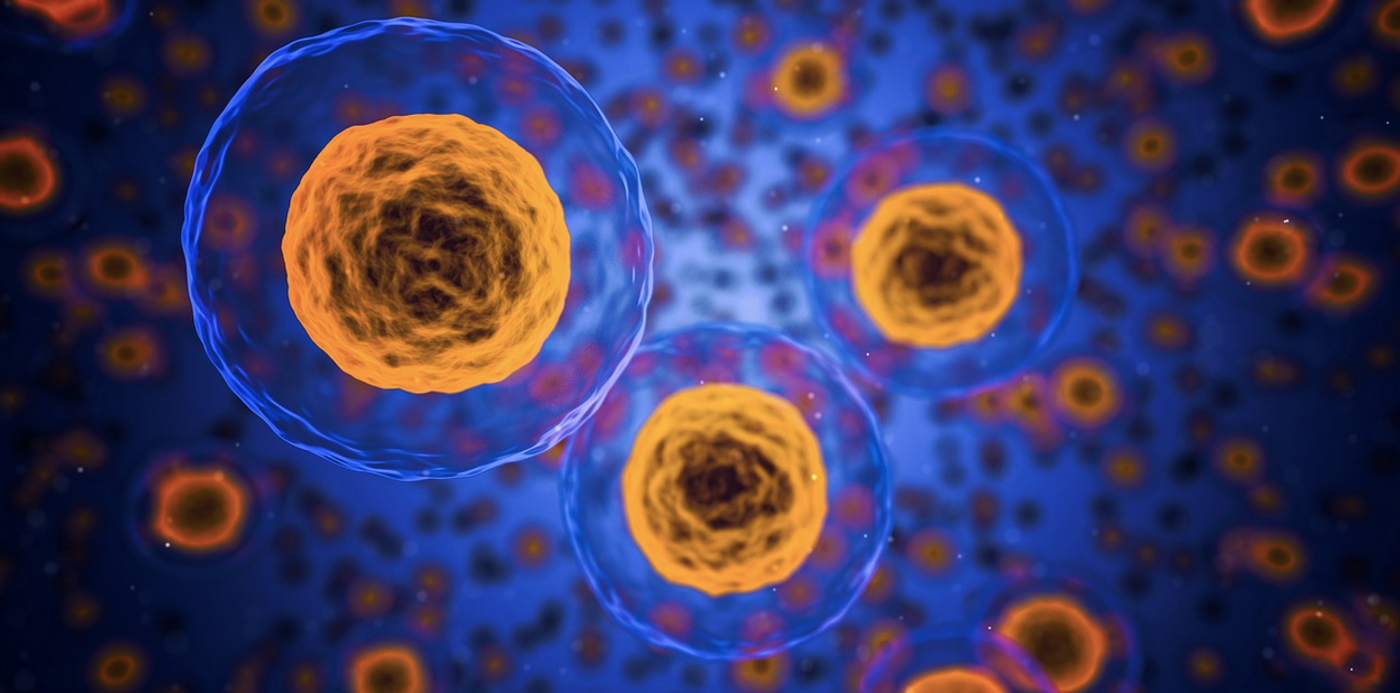How Cells Use Messengers to Signal to One Another
In recent years, researchers have discovered the importance of a kind of antenna that is found on most cells, a structure called the cilium, which can sense environmental conditions and communicate them to the cell, and sometimes help to initiate a response. Defects in cilia cause diseases that are collectively called ciliopathies. Though some of these genetic disorders are quite rare, together, ciliopathies impact many people; it's estimated that about one in 1,000 people has a ciliopathy, such as Bardet-Biedl Syndrome (BBS), or Joubert Syndrome. Because cilia are found on many types of cells, these disorders can manifest in many different ways. They can lead to intellectual disabilities, hearing loss, kidney disorders, or visual impairments, among other health issues.
Reporting in Nature Communications, researchers have now learned more about how cilia detect signals in the cellular environment. While it had only been demonstrated in the cilia of organisms like algae, the investigators have now also shown that cilia can communicate the signals they detect to other cells in mammalian organisms too.
"In this connection, cilia regulate the release of small, fluid-filled sacs called extracellular vesicles. These contain bioactive signals that are picked up by the receiving cells, where they control downstream cellular processes. At present, we do not really understand exactly how this works," said senior study author Professor Helen May-Simera of Johannes Gutenberg University Mainz (JGU). (Full disclosure: A lot of research I've worked on has been centered on cilia and BBS)
In this research, the scientists determined that in mammalian kidney cells, cilia are part of a system that works like postal delivery; a package gets sent from one cell to another, and then gets opened. Once that happenes, the contents of that package initiate a cascade of events in the receiving cell.
When cells carry defective cilia, such as when BBS occurs due to a genetic mutation, they release about four times as many smaller packages compared to healthy cells. When the small vesicles get to their destination cell, they can exacerbate existing defects. "Dysfunctional cilia send out the wrong signals resulting in erroneous reactions in the receiver cells," May-Simera explained.
The packages or extracellular vesicles that cells send to one another may contain RNA molecules, microRNA, proteins, and sometimes, DNA.
"It is apparent that defective cilia increasingly dispatch smaller vesicles with differing contents," said study co-author Professor Eva-Maria Krämer-Albers of JGU's Institute of Developmental Biology and Neurobiology.
Sources: Universitaet Mainz, Nature Communications









